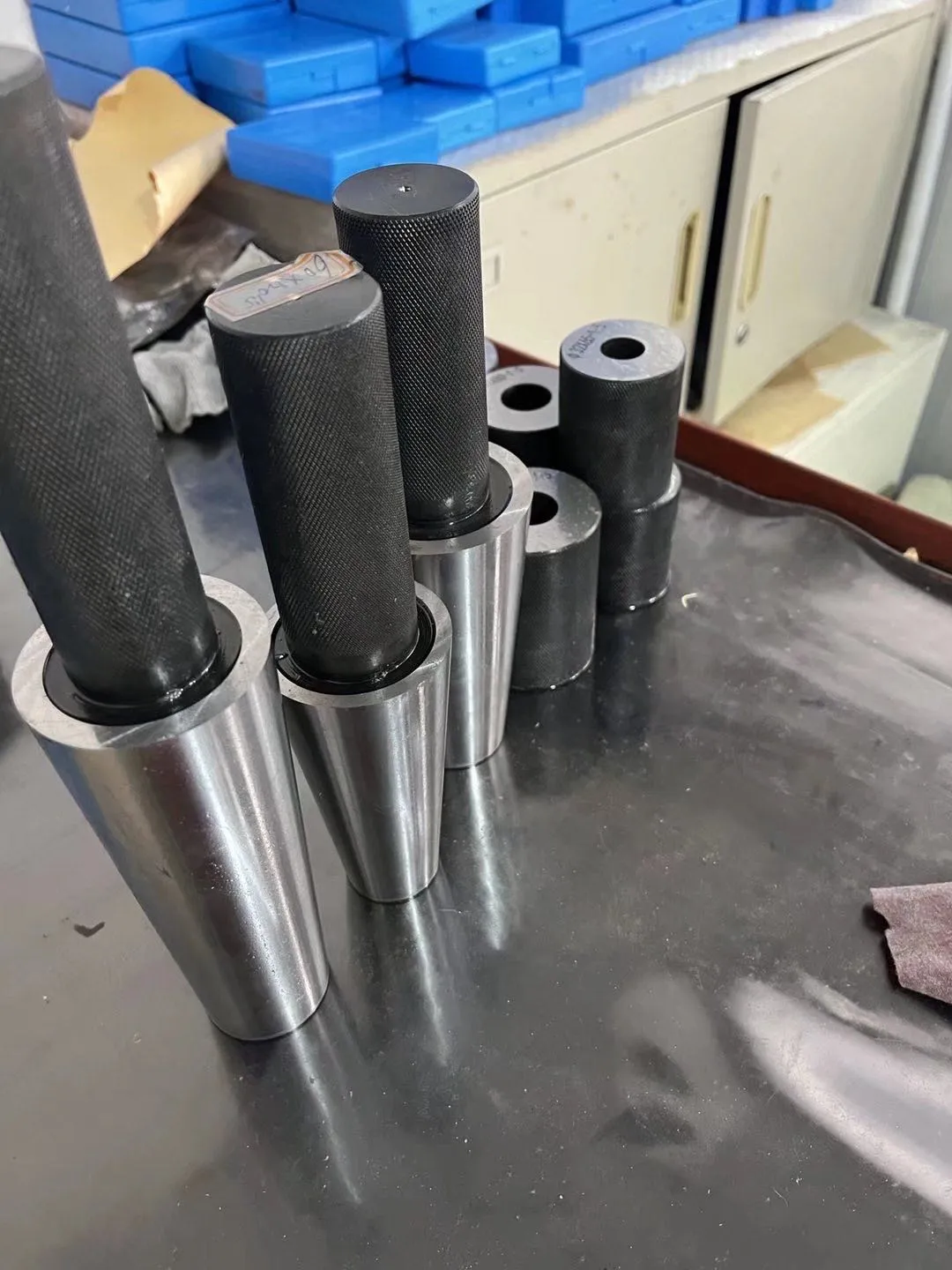دسامبر . 03, 2024 16:00 Back to list
4-inch butterfly valve specifications and applications for effective fluid control systems
Understanding 4 Inch Butterfly Valves Key Features and Applications
Butterfly valves are a common type of quarter-turn valve that are used to regulate the flow of fluids in various industrial and commercial applications. Among the different sizes available, the 4-inch butterfly valve stands out due to its moderate size and versatility. This article explores the key features, advantages, applications, and maintenance of 4-inch butterfly valves, helping you understand their importance in fluid control systems.
Key Features of 4 Inch Butterfly Valves
1. Design and Construction A 4-inch butterfly valve typically consists of a circular disc that is mounted on a rotating shaft. This disc pivots to control the flow of fluid through the valve. The valve body is usually made from materials like stainless steel, carbon steel, or plastic, depending on the application and operating conditions.
2. Operation These valves operate by turning the disc a quarter turn—90 degrees. When the valve is in the fully open position, the disc is aligned with the flow, minimizing pressure loss. In contrast, closing the valve allows the disc to obstruct the flow, effectively regulating it.
3. Sealing Mechanism Many butterfly valves come with a soft seal or metal-to-metal sealing. Soft-seated designs provide a tight seal, which reduces leakage and enhances performance. Metal seals, on the other hand, are suited for high-temperature and high-pressure applications.
4. Pressure Ratings A 4-inch butterfly valve can typically handle pressures ranging from 150 to 300 PSI, but this may vary based on the specific design and materials used. It’s crucial to select a valve that meets the pressure requirements of your system.
5. Temperature Range The allowable temperature range for a butterfly valve depends on the materials used in its construction. For example, rubber-seated valves are generally suitable for temperatures up to 180°F, while metal-seated valves can withstand much higher temperatures.
Advantages of Using 4 Inch Butterfly Valves
1. Compact Design Butterfly valves are compact compared to other valve types, like gate or globe valves. This allows for space-saving installations in piping systems, particularly in crowded environments.
2. Quick Operation The quarter-turn operation enables rapid sealing and flow regulation. This feature is especially beneficial in applications requiring fast response times.
4 inch butterfly valve

3. Low Pressure Drop The disc's position offers minimal obstruction when fully open, resulting in lower friction losses and energy savings in fluid transport systems.
4. Versatility 4-inch butterfly valves are highly versatile and can be used in various applications, including water treatment, HVAC systems, and chemical processing.
Applications of 4 Inch Butterfly Valves
1. Water and Wastewater Management They play a crucial role in managing water supply systems and wastewater treatment plants. Butterfly valves control the flow of water in dam and reservoir systems efficiently.
2. Industrial Processes Butterfly valves are widely used in chemical, petroleum, and food processing industries for regulating the flow of various fluids, including slurries and gases.
3. HVAC Systems In heating, ventilation, and air conditioning (HVAC) systems, these valves help manage airflow and maintain temperature by controlling fluid dynamics.
4. Fire Protection Systems In fire suppression, 4-inch butterfly valves are often found in sprinkler and water mist systems, regulating water flow during emergencies.
Maintenance of 4 Inch Butterfly Valves
Maintaining a 4-inch butterfly valve is vital for ensuring longevity and efficient operation. Regular inspection for signs of wear, leaks, or damage is recommended. Lubricating the valve shaft and ensuring that seals are intact can help mitigate performance issues. Moreover, it’s crucial to operate the valve fully open or fully closed to prevent damage to the disc and sealing surfaces.
In conclusion, the 4-inch butterfly valve serves as a reliable and efficient solution for controlling fluid flow across various industries. Its combination of compact design, quick operation, and low pressure drop makes it an essential component in modern fluid management systems. Understanding its key features, advantages, and applications can guide you in selecting the right valve for your specific needs and ensuring optimal performance throughout its service life.
-
Why Metric Trapezoidal Thread is Ideal for Precision Motion ControlNewsAug.05,2025
-
The Unique Properties of a Block of Granite for Industrial UseNewsAug.05,2025
-
The Role of Flanged Y Strainers in Preventing Pipeline ClogsNewsAug.05,2025
-
The Importance of Regular Calibration for Master Ring GagesNewsAug.05,2025
-
How a Cast Iron Surface Table Enhances Accuracy in ManufacturingNewsAug.05,2025
-
Comparing Different Check Valve Types for Optimal Flow ControlNewsAug.05,2025
Related PRODUCTS









